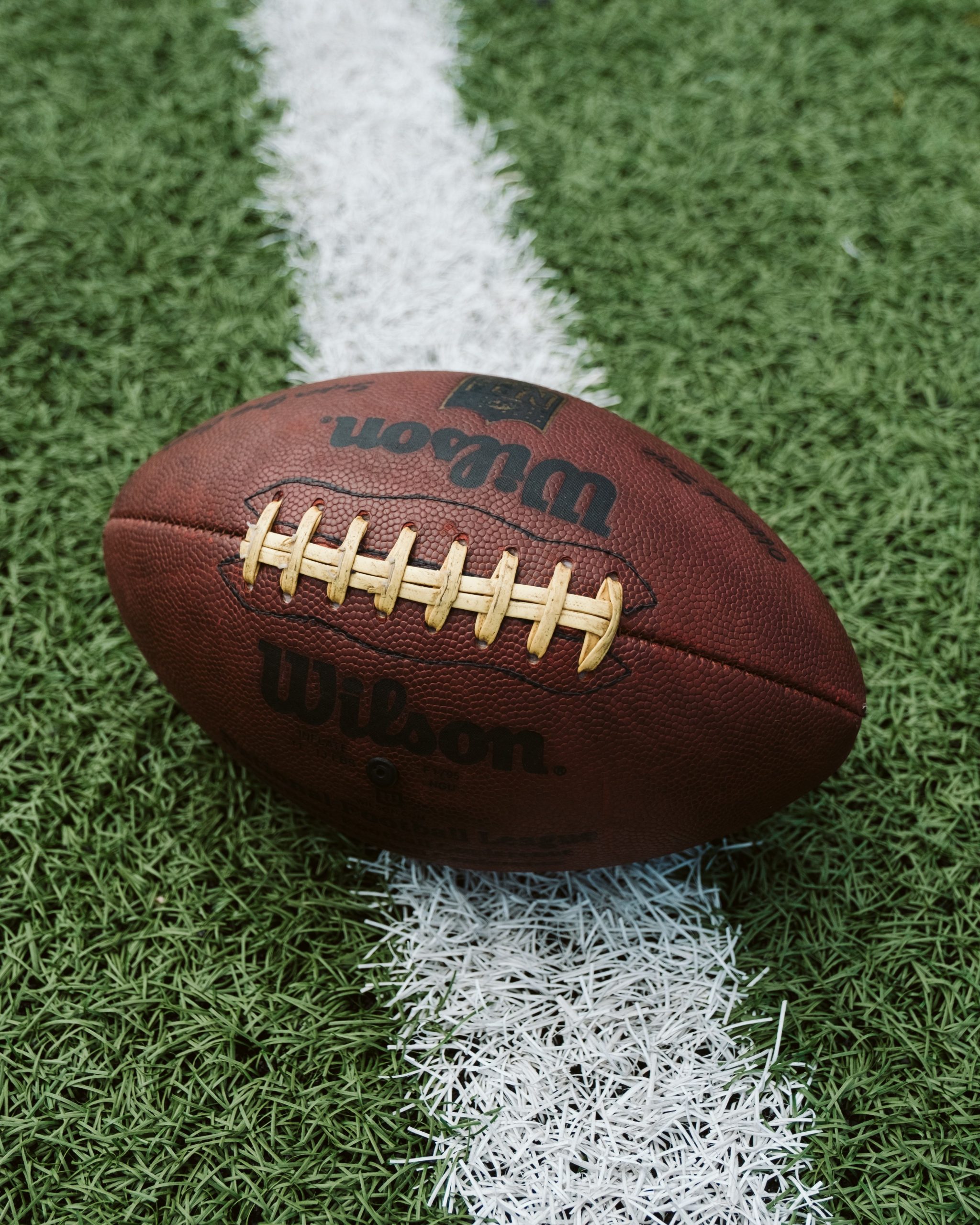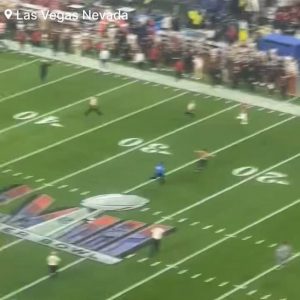Week 2 of the 2022 NFL season saw the New York Jets converting an onside kick successfully, whereas their opponents, Cleveland Browns surrendered one in the last two minutes of the match. The Jets registered a hard-fought 31-30 win in the game, which also marked their first victory in the ongoing season.
Onside kicks are scarce in the NFL but remain one of the most exciting plays in the sport. They usually take place during the second half of a football game and let’s find out what they are and why they tend to happen during the end.
Also Read: New York Jets Rookies Breece Hall, Garrett Wilson shine vs Browns
What is an onside kick?
The onside kicks are the last effort for kicking teams to return the ball to the offense. The kicking teams kick the ball for a short distance, usually around 10 yards, hoping one of their players might recover the ball and give them a final chance to score.
Onside kicks are done to regain possession of the ball in a football game and have a very low chance of success. However, chances might increase if the opposite side does not expect an onside kick.
When the kicking team is trailing by 14 or fewer points, they sometimes line up for an onside kick to return the ball to the offense of their team to score. Six players are lined up on one side while four more are lined up on the other side of the football. The kicker then goes on to take a low drive kick towards the players who have lined up for it.
While it is witnessed mostly during the end of a game, an onside kick can be taken at any point of a football match. However, an onside kick decreases field position by kicking it short, which is why players opt to use it towards the end of the game.
Also Read: Mike Evans, Marshon Lattimore ejected after brawl during Tampa Bay Buccaneers vs New Orleans Saints
As per rules, all players must be behind the ball, or onside, before the kick is taken. Once the kick is taken, the ball must move a minimum of 10 yards before players from the kicking side can attempt to recover.
However, the opposing team may attempt to recover the ball at any point after the kick. The ball also must not touch the receiving team at any point after the kick.







